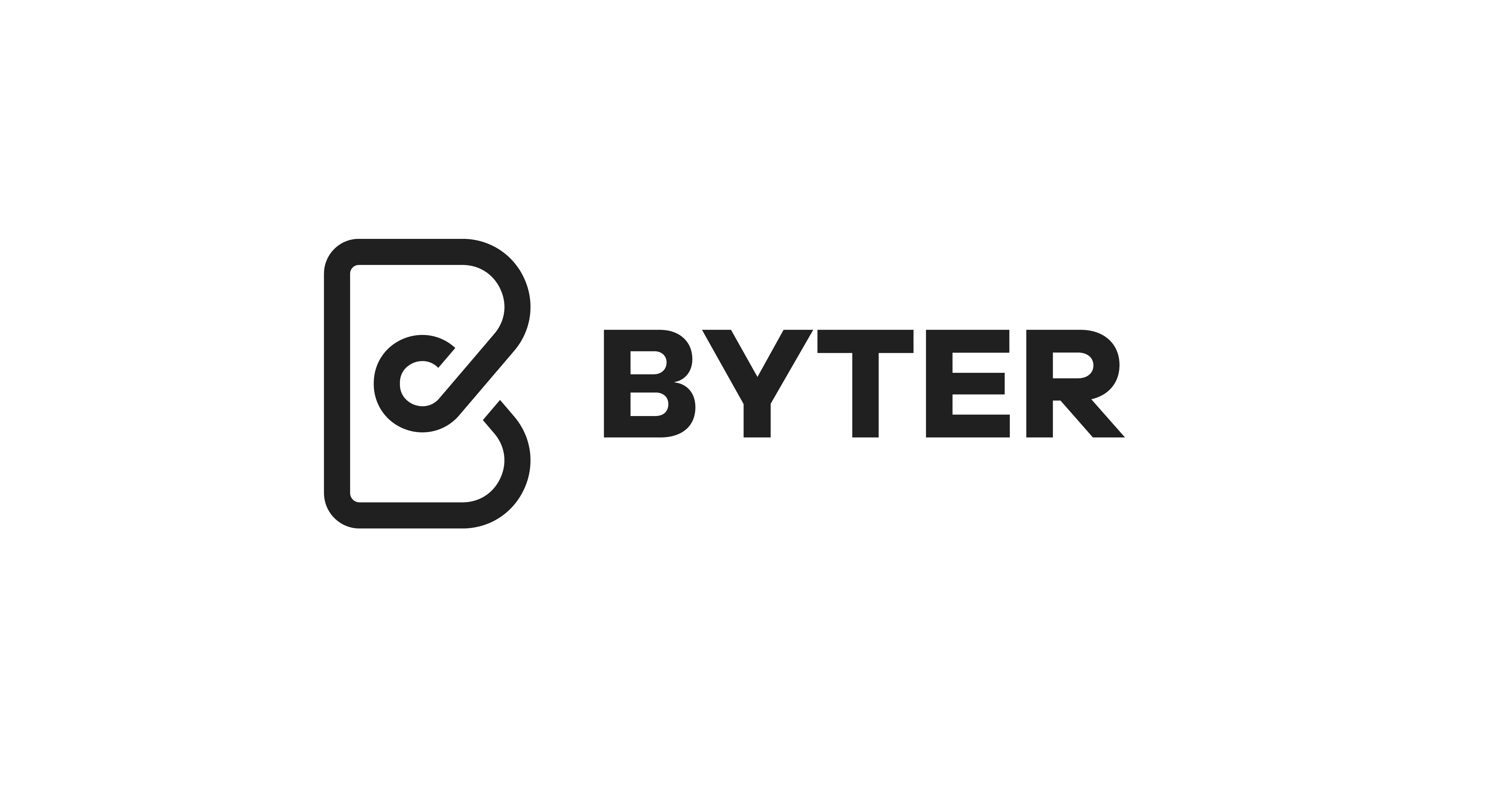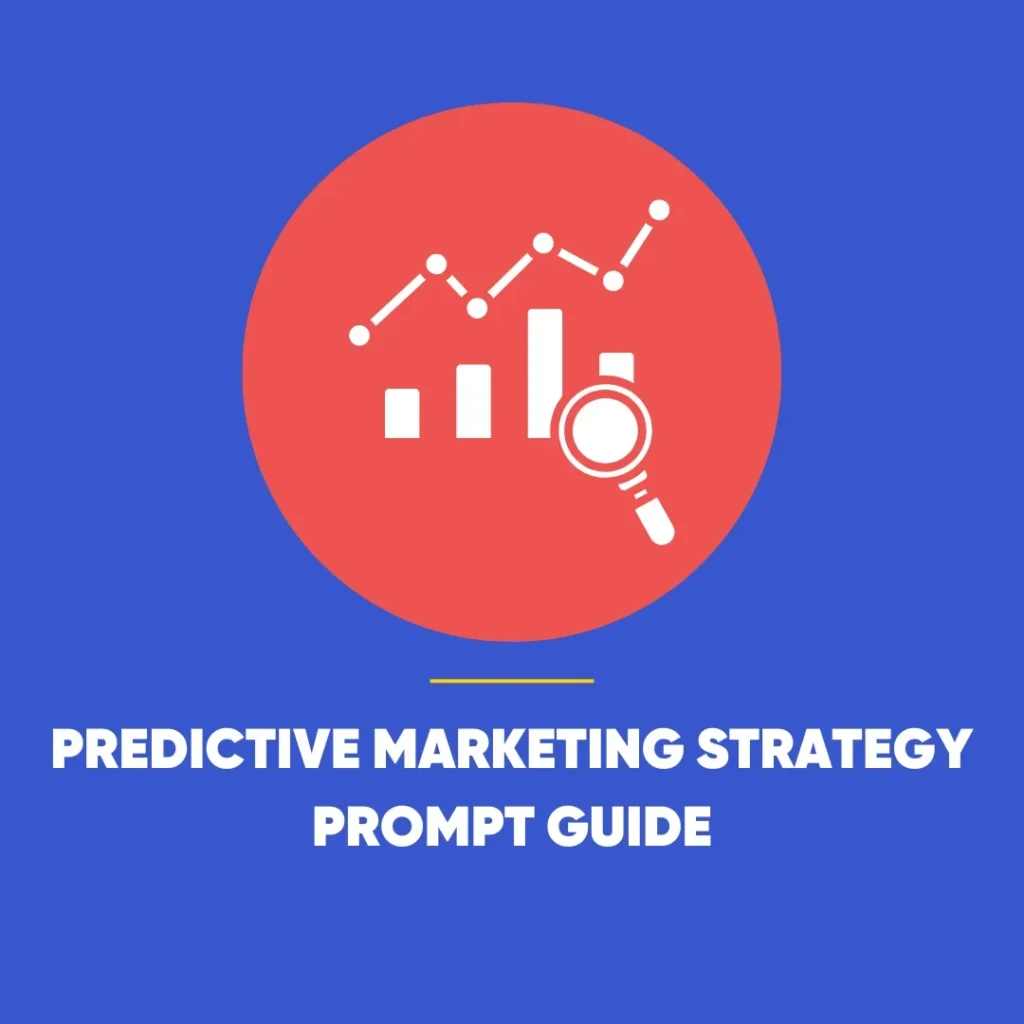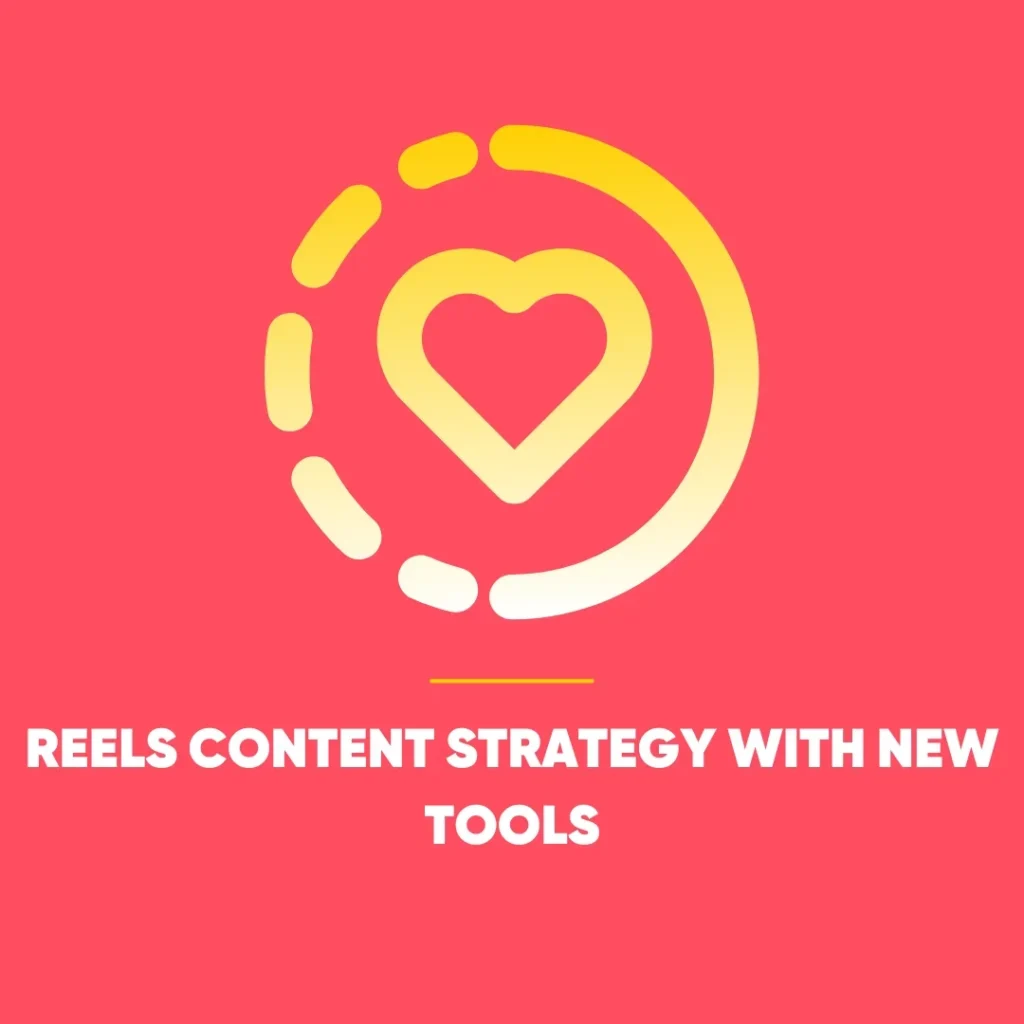Content Hub Strategy: A Guide for Growing Your Online Presence
For small and medium-sized enterprises (SMEs), mastering a content hub strategy can help them stand out in the crowded digital landscape. With major corporations dominating the search engine results pages, smaller businesses are frequently left scrambling for visibility. But there is a clever and structured approach that can turn the tide – content hubs.
A well-crafted content hub not only elevates your search rankings but also helps establish your brand as a go-to authority in your niche. By offering in-depth, well-organised content centred around a core theme, businesses can attract, inform, and retain a broader audience.
What Is a Content Hub?
At its core, a content hub is a centralised digital resource built around a focused content hub strategy. Specifically, it brings together a main landing page – often known as a pillar page – that introduces a broad subject. In addition, it includes a series of interlinked subpages or blog articles that dive into related areas in greater detail.
Think of it as a digital library where each “book” explores one part of a larger theme. This structure is highly favoured by search engines due to its clarity, relevance, and depth. More importantly, it serves users by providing valuable, well-organised information all in one place.
The Key Components of an Effective Content Hub
 A content hub generally follows a simple yet strategic format:
A content hub generally follows a simple yet strategic format:
1. The Pillar Page
This is the foundation of your content hub. It should present a broad overview of the main topic, offering readers a comprehensive introduction while linking out to more focused, supporting content.
2. Supporting Articles (Cluster Content)
These are blog posts or web pages that delve into subtopics related to the main theme. Ideally, there should be 10 to 15 of these, each answering a distinct question or aspect of the core topic.
3. Internal Linking
An intelligent linking structure is a vital component of a successful content hub strategy, tying everything together seamlessly. Internal links between the pillar page and supporting articles improve user experience, keeping readers engaged for longer and guiding them through your content seamlessly.
4. Logical URL Structure
Consistency in your URL structure ensures easy navigation and helps both users and search engines understand how the content is connected.
Why Content Hubs Work So Well
Content hubs are a goldmine when it comes to digital marketing benefits. Here’s why this approach is highly effective:
Enhancing Brand Visibility
By offering comprehensive resources around a specific subject, content hubs position a brand as an expert in its field. Whether it’s skincare, financial planning, or home improvement, a complete guide helps ensure that your business becomes the first name people recall when looking for advice.
Boosting Search Engine Performance
Search engines favour original, useful, and people-first content. In fact, a content hub aligns perfectly with this philosophy by offering a thematic cluster of content that reinforces your website’s relevance to a specific topic. With each page targeting different but related keywords, the site builds strong keyword clusters that improve rankings organically.
Widening the Sales Funnel
Content hubs are capable of attracting audiences at all stages of the buyer’s journey – from beginners looking for an introduction to a topic, all the way to professionals seeking more advanced solutions. As a result, this naturally creates more touchpoints for potential leads and conversions.
Lead Generation Without Barriers
As part of a content hub strategy, businesses can offer additional downloadable resources – like templates or checklists – in exchange for an email address, rather than hiding valuable information behind paywalls or intrusive gates. This keeps the hub content accessible while still supporting lead capture efforts.
Aligning with Google’s E-E-A-T Framework
 Google increasingly values Experience, Expertise, Authoritativeness, and Trustworthiness (E-E-A-T). A well-developed content hub ticks all four boxes:
Google increasingly values Experience, Expertise, Authoritativeness, and Trustworthiness (E-E-A-T). A well-developed content hub ticks all four boxes:
- Experience: Long-form content displays a brand’s hands-on understanding of the topic.
- Expertise: The volume and quality of individual articles showcase a depth of knowledge.
- Authoritativeness: Consistent, reliable content over time – alongside backlinks and citations – helps a site become a recognised voice in its space.
- Trustworthiness: Clear author bios, source references, and transparent content help build credibility with readers and search engines alike.
When Should Businesses Consider a Content Hub?
Content hubs are particularly beneficial under the following circumstances:
- A Minimal Existing Blog: If your website lacks substantial content, hubs offer a structured way to build authority quickly.
- A Need for Informational Content: They can help plug content gaps in areas where your audience is actively seeking information.
- Repositioning the Brand: Planning to pivot or branch into a new domain? A hub can help reframe your business as an expert in that space.
- Faster SEO Results: Well-executed hubs often begin generating search traffic within a few months – much quicker than traditional blogging strategies.
How to Develop a Content Hub Strategy
Creating a content hub is a strategic process that involves planning, research, and execution. Here’s how to go about it:
1: Decide on Your Hub’s Placement
Your content hub should be easily accessible from your main navigation menu. Whether it’s a guide, resource centre, or insight library, its location should be logical and visible for both users and search engines.
For businesses offering multiple products or services, consider building separate content hubs for each. For instance, a pet care brand might develop one hub for dog training and another for feline nutrition.
2: Choose Your Central Topic
Select a topic that is:
- Directly relevant to your business: Once your main theme is established, brainstorm 10 to 15 related subtopics. Each subtopic should be unique, specific, and valuable in its own right. Using keyword research tools can help identify relevant long-tail keywords with strong search potential.
- Broad enough to support multiple subtopics
- Narrow enough to maintain focus
- Searched frequently enough to justify the investment
For example, a business offering eco-friendly home solutions might choose “Sustainable Living” as a central theme – broad enough to cover energy, waste reduction, and product guides.
3: Define Subtopics
Once your main theme is established, the next step in your content hub strategy is to brainstorm 10 to 15 related subtopics. Ideally, each subtopic should be unique, specific, and valuable in its own right. Furthermore, using keyword research tools can help identify relevant long-tail keywords with strong search potential.
Continuing the earlier example, subtopics for a “Sustainable Living” hub might include:
- Reducing plastic waste at home
- Energy-efficient appliances
- Eco-friendly cleaning products
- Composting tips for beginners
This layered approach not only helps SEO but also offers varied entry points for readers with different interests or needs.
4: Create the Content
Each piece of content should be original, informative, and engaging. Ensure that:
- The writing reflects your brand’s tone and style
- Information is current and well-researched
- There is a clear link between the pillar page and the subtopics
- Calls to action are thoughtfully included to guide readers to the next step
Visual aids such as infographics, diagrams, or videos can also enhance understanding and keep readers engaged.
5: Connect the Dots
Internal linking is the secret weapon of a successful content hub. Each blog post should link back to the main pillar page and to other relevant subtopics. This interconnected structure improves SEO while encouraging readers to explore more of your content.
Also, ensure that your site’s navigation, breadcrumbs, and sitemap reflect this structure so search engines can crawl and index your content effectively.
Final Thoughts
Content hubs are more than a collection of articles – they’re a cohesive strategy designed to build visibility, credibility, and connection. When executed well, they act as powerful engines for organic traffic and audience engagement.
For SMEs seeking faster, smarter ways to compete in the digital space, therefore, embracing the content hub model can be a transformative decision. Moreover, with clear planning, creative content, and a user-first mindset, businesses can carve out a lasting presence online – and convert casual browsers into loyal followers.









